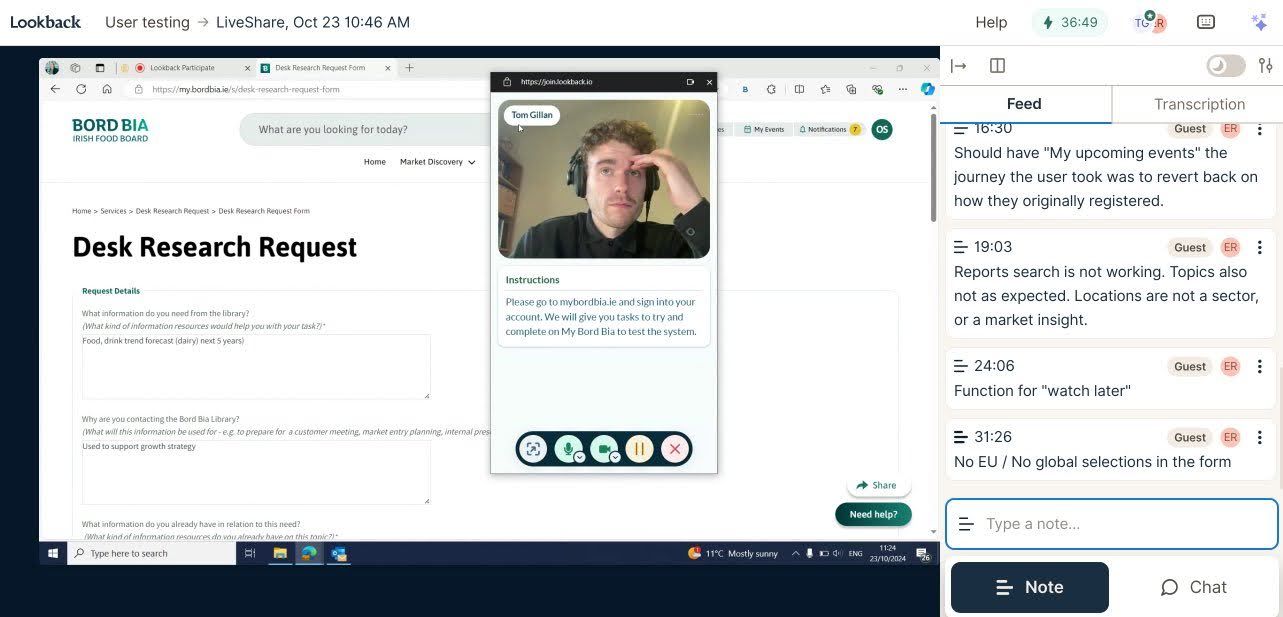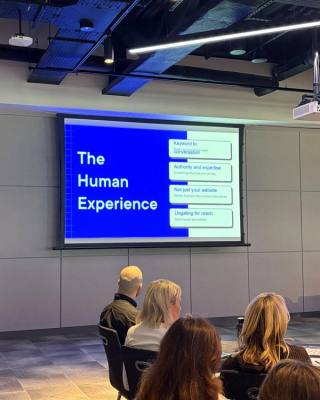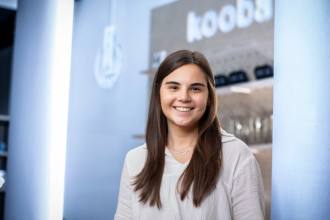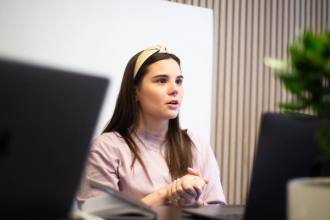On long term projects, how do agencies and clients ensure that standards are not just met, but also raised? This is a particularly important question for Kooba’s current collaboration with WaterWipes, which seeks to rebuild an entire digital ecosystem all whilst maintaining an existing brand identity and conversion pipeline.
Iterative learning
In order to approach each element of this project in the most thoughtful manner possible, Kooba and WaterWipes have carefully analysed any evidence available from previous work. In other words, we have embraced the concept of “iterative learning”, taking information from each design and development phase and feeding it into the next. This results in a solution that continually improves over time, as well as an increasingly rich understanding of user needs, personas, and visual expectations.
Reinforcing success
If it ain’t broke, don’t fix it. This attitude has been crucial to the WaterWipes project. When we make edits, redesign components, or introduce new features, we always keep an eye out for those that work particularly well. Take for instance the Skin Care Hub, which has received over 500,000 impressions since its launch in March 2025. This level of success suggests that value can be found by introducing similar content across the rest of WaterWipes’ digital ecosystem.
This has operational implications as well. If a component or module performs well, it can be added to a wider design system and component library, providing easy access for future projects. This saves design and development time, and gives the Kooba team access to “tried and tested” resources that have been proven to work.
Prioritising pain points
Finally, this iterative approach allows for Kooba’s UX and development teams to hone in on the specific issues that cause friction within the user journey. Instead of guessing what does and doesn’t work, real user behaviour can be observed directly. Better yet, moderated user testing can provide contextual feedback on why exactly certain modules underperform.
Tom Gillan moderating a user testing session for Bord Bia.
This allows for targeted remediations to be made, directly improving the user experience in a short period of time and without wasting design and development resources.
Smarter, better, cheaper
By continually iterating our design process in each phase of the WaterWipes project, Kooba can provide a solution that grows increasingly well-informed and efficient over time. This leads to improved outcomes for WaterWipes, delivered in a cost-efficient and intelligent manner.








